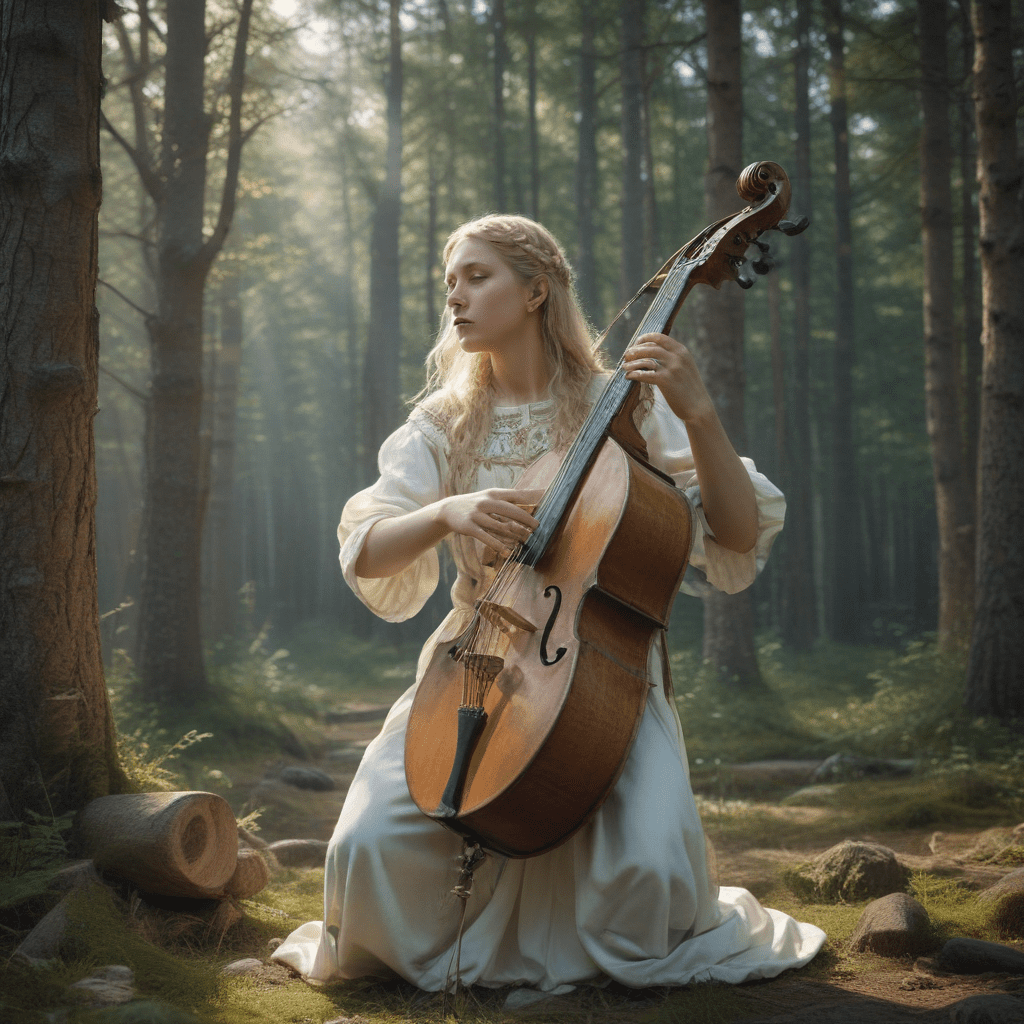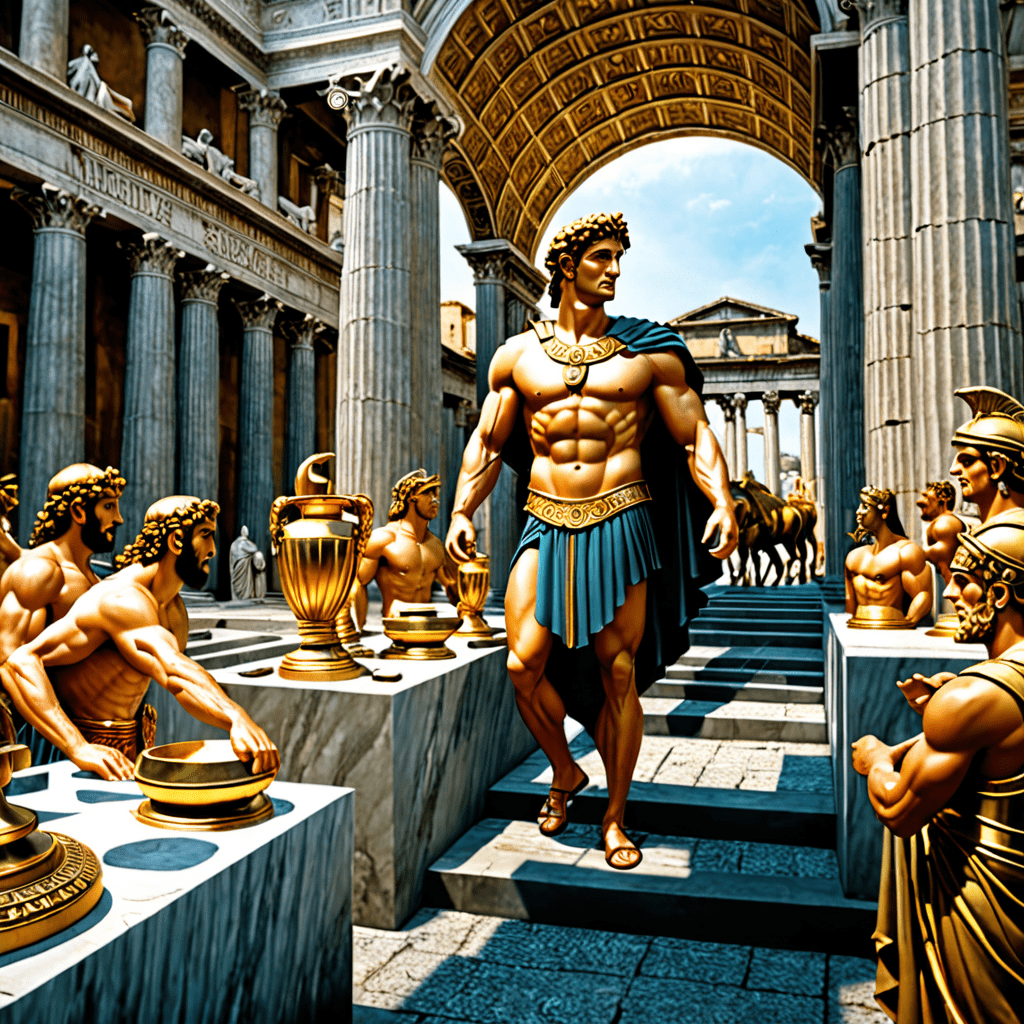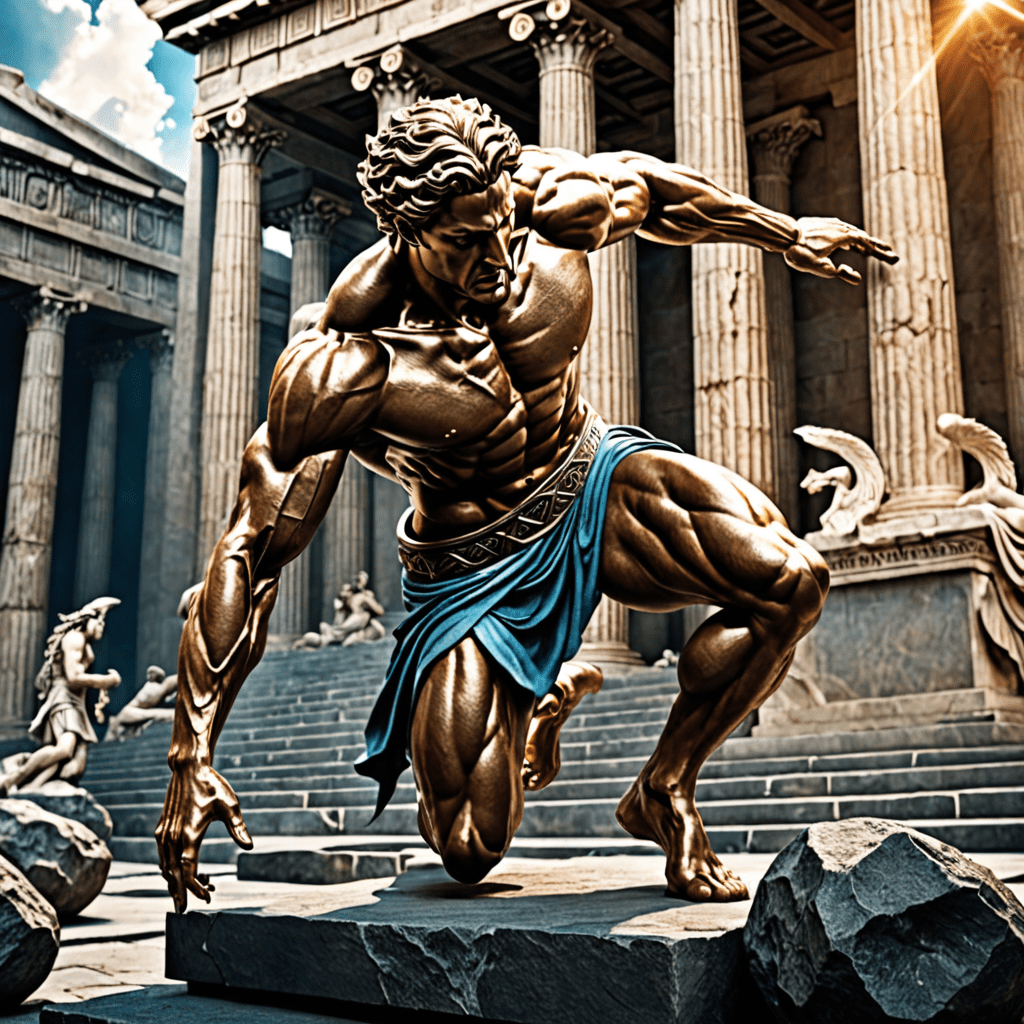The Influence of Finnish Mythology on Traditional Music
Ancient Roots of Finnish Mythology
Finnish mythology has its roots deep in the ancient animistic beliefs of the Finno-Ugric peoples. These beliefs held that all things in nature, from the smallest insect to the largest tree, possessed a spirit. This animistic worldview imbued the natural world with a sense of mystery and enchantment, and it heavily influenced the development of Finnish traditional music.
Mythological Beings and Their Representation in Music
Finnish mythology is replete with a variety of mythological beings, including gods, goddesses, heroes, and spirits. Each of these beings has its unique characteristics and powers, and they often play a significant role in Finnish traditional music. For example, the god Ukko, the ruler of the sky and thunder, is often invoked in songs and incantations. The goddess Louhi, the mistress of the underworld, is often depicted as a powerful and dangerous figure. And the hero Väinämöinen, a wise and powerful shaman, is often celebrated in epic songs and ballads.
The Kalevala: Epic Songs and Musical Adaptations
The Kalevala is the national epic of Finland and one of the most important works of Finnish literature. It is a collection of over 22,000 verses that tells the story of the creation of the world, the birth of the Finnish people, and the adventures of the hero Väinämöinen. The Kalevala has had a profound influence on Finnish traditional music and has inspired several musical adaptations, including operas, symphonies, and folk songs.
Jouhikko: The Traditional Fiddle of Finnish Mythology
The jouhikko is a traditional Finnish fiddle that has been used for centuries to accompany songs and dances. The jouhikko has a unique sound that is characterized by its buzzing, drone-like quality. This sound is said to have originated from the sound of the wind blowing through the branches of trees and the wings of birds. The jouhikko is often used to play traditional Finnish folk songs and dances, and it is also used in some contemporary Finnish music.
Rhythms and Melodies Inspired by Supernatural Forces
Finnish traditional music is often characterized by its use of irregular rhythms and haunting melodies that are said to have been inspired by the supernatural forces of nature. For example, the rhythm of the polska, a traditional Finnish dance, is said to have been inspired by the sound of the waves crashing on the shore. And the melody of the Ievan Polkka, a popular Finnish folk song, is said to have been inspired by the sound of the wind blowing through the trees.
Songs of Rituals and Ceremonies
Finnish traditional music played an integral part in various rituals and ceremonies throughout the year. During weddings, special songs were sung to bless the newlyweds with good fortune and prosperity. Funerals, too, were accompanied by specific melodies that paid homage to the deceased and provided solace to the bereaved.
Lamentations and Magical Chants
Lamentations, known as itkut, held a significant place in Finnish tradition. These mournful songs expressed deep emotions of grief and loss, often accompanied by rhythmic wailing. It was believed that the power of the lamentations could influence the souls of the departed, helping them find peace in the afterlife. Additionally, magical chants, called loitsut, were used for healing purposes, protection from harm, and influencing natural phenomena.
The Role of Nature and the Supernatural in Music
Nature and the supernatural realm played a central role in Finnish mythology and traditional music. The forces of nature, such as wind, water, and fire, were often personified as mythological beings and revered in songs. Forests, lakes, and hills were believed to be inhabited by spirits, and musicians sought inspiration from the sounds and rhythms of the natural world. The boundary between the human and supernatural realms was often blurred, leading to a rich tapestry of musical expressions.
Conclusion
Finnish traditional music is a testament to the enduring influence of mythology on human creativity. From ancient animistic beliefs to epic tales and mythological beings, Finnish mythology has shaped the rhythms, melodies, and instruments that define this vibrant musical tradition. The interplay of nature, the supernatural, and human experiences has resulted in a unique and captivating musical legacy that continues to resonate with audiences today.
FAQ
Q: What is the most famous Finnish mythological figure?
A: Väinämöinen, the wise and powerful shaman, is one of the most renowned figures in Finnish mythology.
Q: What is the national epic of Finland?
A: The Kalevala is the national epic of Finland, a collection of over 22,000 verses that narrates the creation of the world and the adventures of Väinämöinen.
Q: What is a jouhikko?
A: The jouhikko is a traditional Finnish fiddle with a unique buzzing sound, believed to have originated from the sounds of nature.
Q: How does mythology influence Finnish folk songs?
A: Finnish folk songs often draw inspiration from mythological beings, events, and the rhythms and melodies of the natural world.



